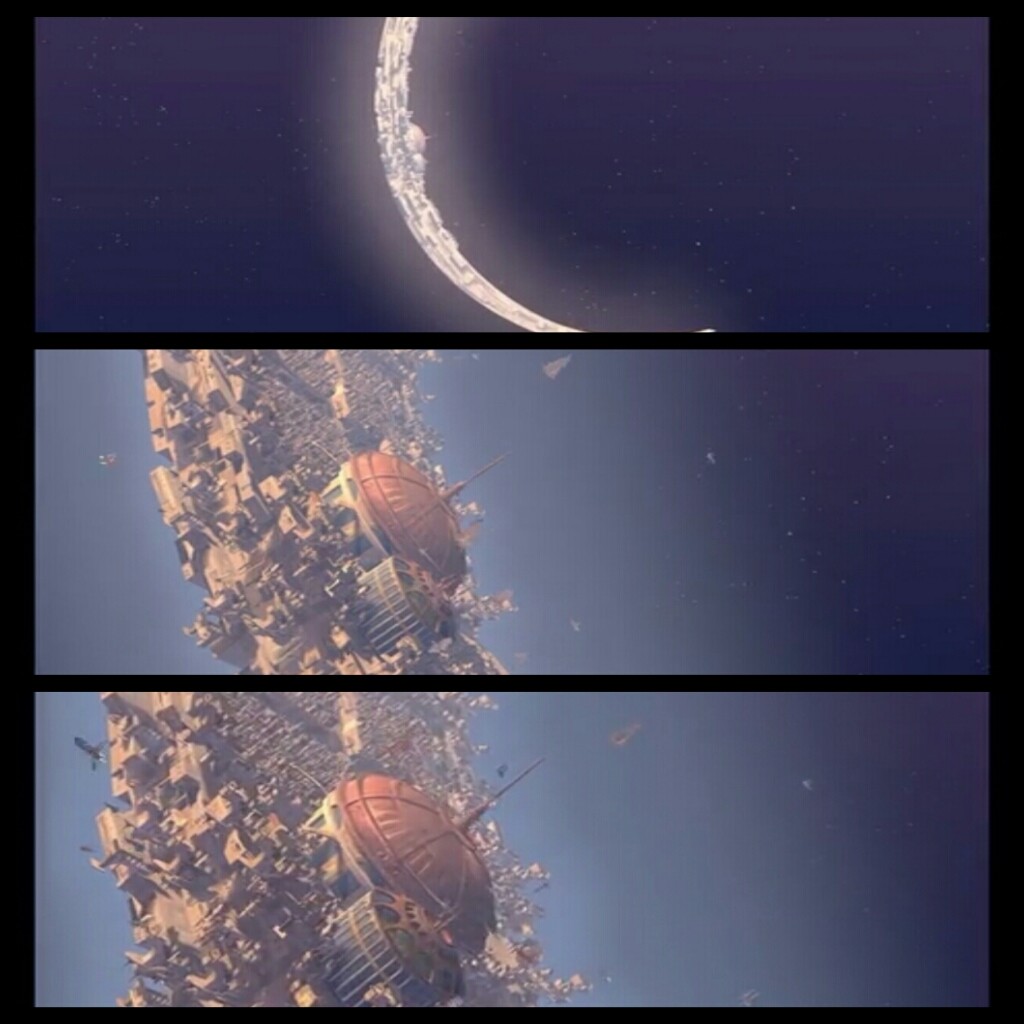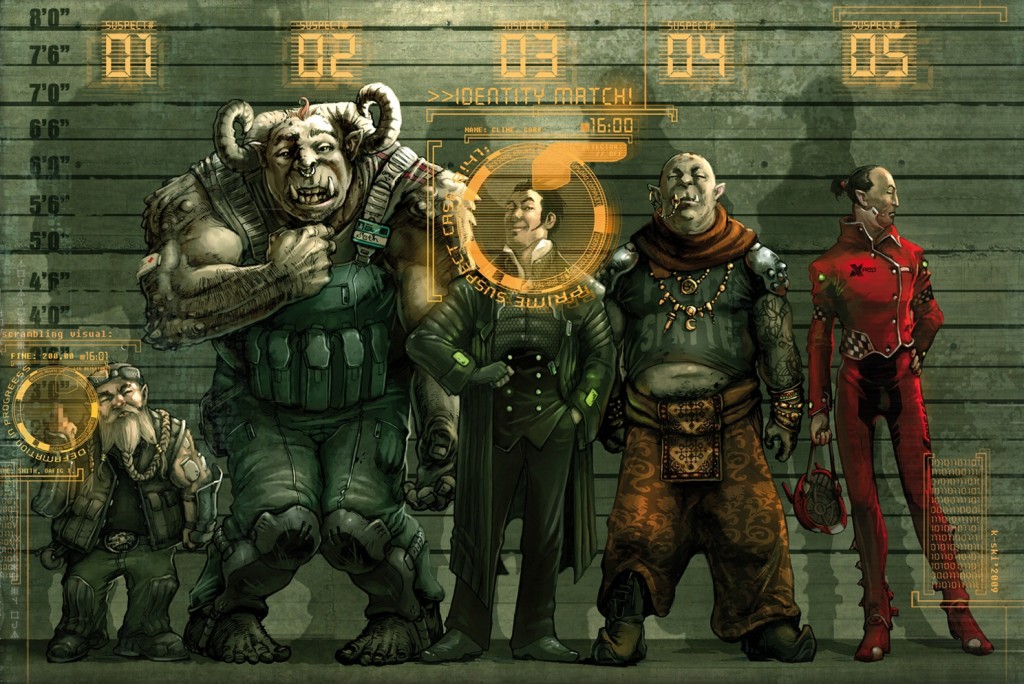“In the beginning God created the heavens and the earth. Now the earth was formless and empty, darkness was over the surface of the deep, and the Spirit of God was hovering over the waters.”
“And God said, ‘Let there be light,’ and there was light. God saw that the light was good, and he separated the light from the darkness. God called the light ‘day,’ and the darkness he called ‘night.’ And there was evening, and there was morning—the first day…”
– Genesis 1: 1-3
It’s a familiar passage to most, and one of my favorites because of the phrase “…and the Spirit of God was hovering over the waters.” It’s the concept that God, since the beginning of time, has ceaselessly watched over His creation. It’s akin to a writer or artist gathering their thoughts. I say that because it’s very close to how I feel right before putting together a campaign for an RPG. As people made in the image of a creator God, we gather our thoughts, we align the components and their inter-dependencies, we unfold the story for those we would make the stars of the show.
I recently finished my first viewing of the Disney cartoon Treasure Planet. As a fan of the novel Treasure Island, I was skeptical of the movie’s quality, but given the combination of high tech and steampunk-ish elements…what on earth was I thinking?
For those who don’t know, Treasure Island is an old adventure novel by Robert Louis Stevenson set in the age of tall ships and providing us with a lot of the dramatic notions of piracy we use today in storytelling. It’s been around since 1882 in one shape or form and is required reading on nearly all school literature lists.
The cartoon Treasure Planet takes the age of tall ships and puts them in space. Instead of a wooden peg leg, Long John Silver becomes a cyborg. I’d continue, but if I do, I’ll just stop writing and watch the film again. So let’s move on…

Scene from Disney’s Treasure Planet
There’s a scene in the film where young master Hawkins is about to set off for the port and the adventure of a lifetime. Our point of view goes from the interior of a house, through a window, and onto the glow of a waxing, sickle moon. But the camera speeds us towards the moon until we find that it’s not a moon at all, but a space port (Not a station…that would be silly).
I watched as the animators unfolded a world before my eyes. Strange creatures, ships, and streets. The unexplained miracle that nothing is depressurizing in the cold vacuum of space. I marveled at the creativity and the dedication to every detail, no matter the screen time. Some were only on screen for a split second, but their motion and detail gave them a life of all their own.
I wonder if the artists sat back and said, “I can’t believe we made this! It’s awesome!”
I look to areas like these for inspiration. If you’re a follower of the site, you may know I’m in the midst of writing for a Pathfinder campaign. Films, books, published RPG settings, are all go-to materials for any GM. They pull inspiration from all of them when crafting their stories.
The great thing about inspiration is putting yourself into living, breathing worlds and contributing some small part of what is going on there. I may drag a bit of the whimsy of Treasure Planet but match it with the gritty textures of Blade Runner, or pair the epic sweep of the Dark Tower series with the passion captured in some of Cormac McCarthy’s work. This is my “hovering over the waters” stage. It’s the time when I lay out my concepts and set my tone.
It’s also something I war with quite a bit.
When I lay down a scene or a particular setting; sometimes I hover too long. I have to ask myself, am I going too far? Will players care if one of the NPCs received that scar on his cheek from a fishing incident? Am I the only one who cares and all I’m doing is drowning the players in needless detail? It’s a fine balance between getting player buy in and boring them to death.
As GMs, we have to take the stars of our show into account during the creative process. Who is your adventuring party? To avoid getting drowned in the details, I tend to stop myself short and gut out a concept, change the tone for the adventure, or scrap the whole thing. I propose it to the group so they can go about asking some questions and creating their characters within the world. I learned that when the players delve into their back story, I gain some more insights into how the overall campaign will flesh out. This saves me from going overboard with details they don’t want, and keeps me focused on their individual motivations.
So how do we as game masters strike that balance between too much and too little detail? How do we get the players to want to explore the world around them? Give hints. Flashes of images or even separating out an observation into its own paragraph can often throw a crumb onto the street. In my experience, I’ve found that the best time for crumbs is during the exposition of the environment. Here is a very simplistic example of a Shadowrun scene I ran:
“You walk in to the bar and spot Mr. Johnson in the corner booth drumming his fingers on the sticky table top. All around clubbers are dancing, save for the dwarf lined up at the edge of the room. High above a blackened half-sphere looks down from the ceiling. You look back to your potential employer and see him watching the dwarf, his percussive efforts ceasing.”
Did you notice that Mr. Johnson was waiting for you impatiently? Or that he’s concerned about the dancing deficient dwarf? Or that there’s potentially an eye in the sky watching it all?

Hey, what’s your story?
Like the scene in Treasure Planet, you could add a whole slew of things to add dimension to your scene. Anything from the deep pulsating base of the music to the shouts of the dancing clubbers to the nauseating miasma of cologne and perfume wafting about the room. More importantly, you could add details that appeal to the players. If one of them is a Street Samurai with a penchant for old school break dancing, you could tell the arriving group that someone just busted out some cardboard and a dance circle is forming. When you know your audience, the players in your group, it’s a bit easier because you know their thresholds and their triggers.
There’s a subtle difference between writing a story to be read, and a story with which there will be interaction and change. It means, as a GM, you have to be willing to let it go when your players burn down the warehouse you just spent three hours the prior evening designing. Or willing to not be offended if they simply walk right by it to head to the Stuffer Shack next door for snacks. There could be huge segments of your adventure the players may never even know exists. But that’s the nature of the experience right?
The enjoyment should come from your desire to create a meaningful experience for your players. If you keep that in focus, then you’ll be okay. In the end, I could have easily missed the entire “moon-port” scene in Treasure Planet in the interest of wanting to see young Hawkins on the ship and getting the adventure underway. Somehow, I don’t think my viewing of it either way diminishes the joy the artists felt in making the scene complete.
Think on Genesis, how God set about counting down each of the things He made and calling them good. He knows that in our short life spans we’re not going to see everything in creation, but He knows what we do see speaks to us and brings us enjoyment. So have fun creating worlds for exploring and adventuring.
Until next time, Brave Sojourners!!




